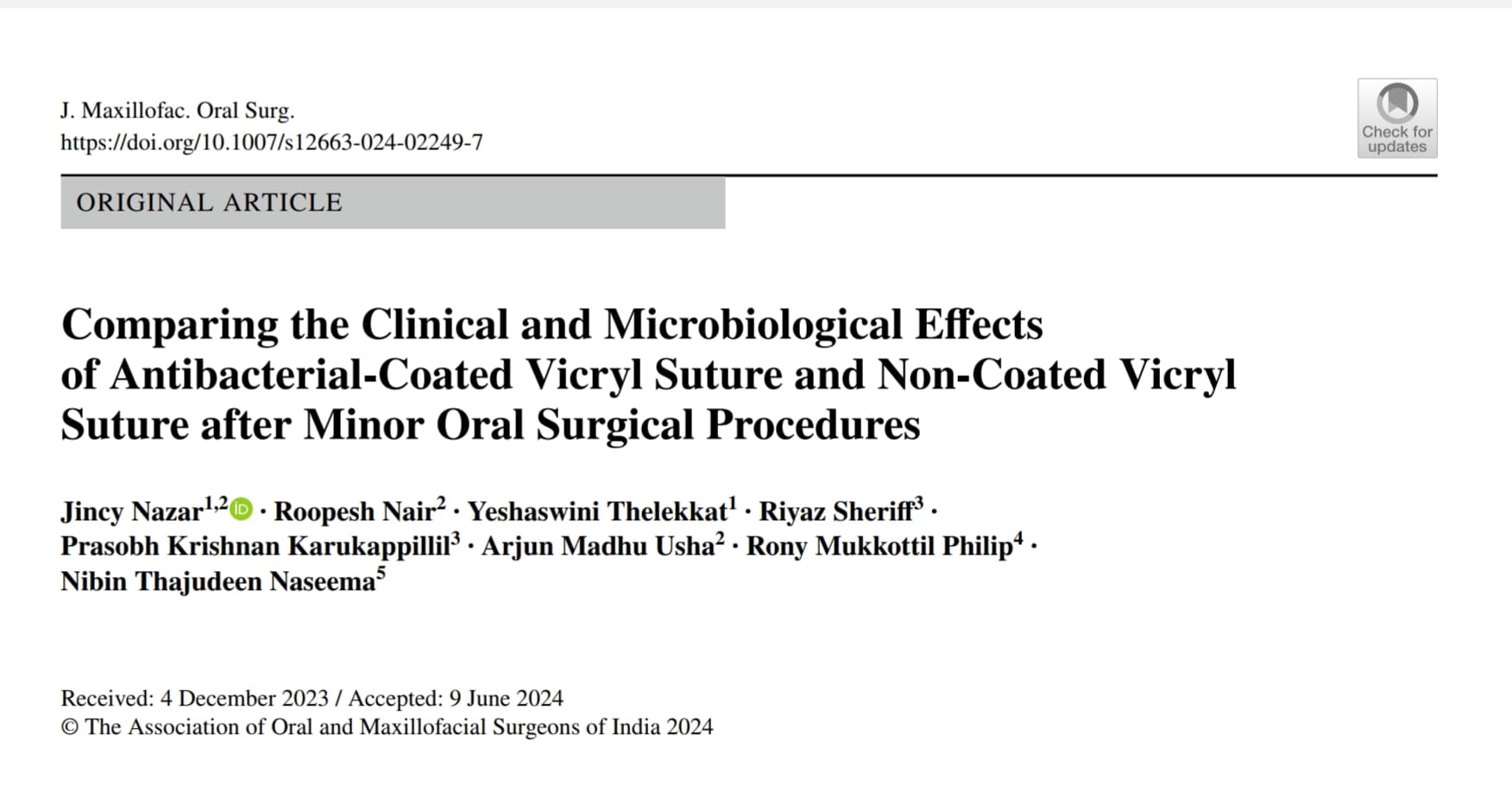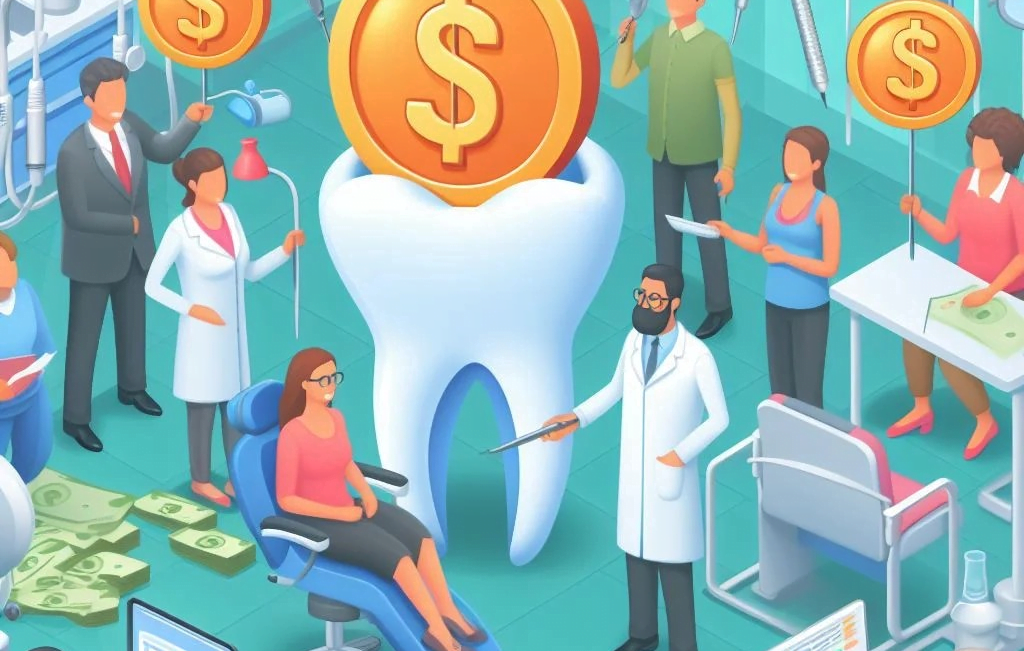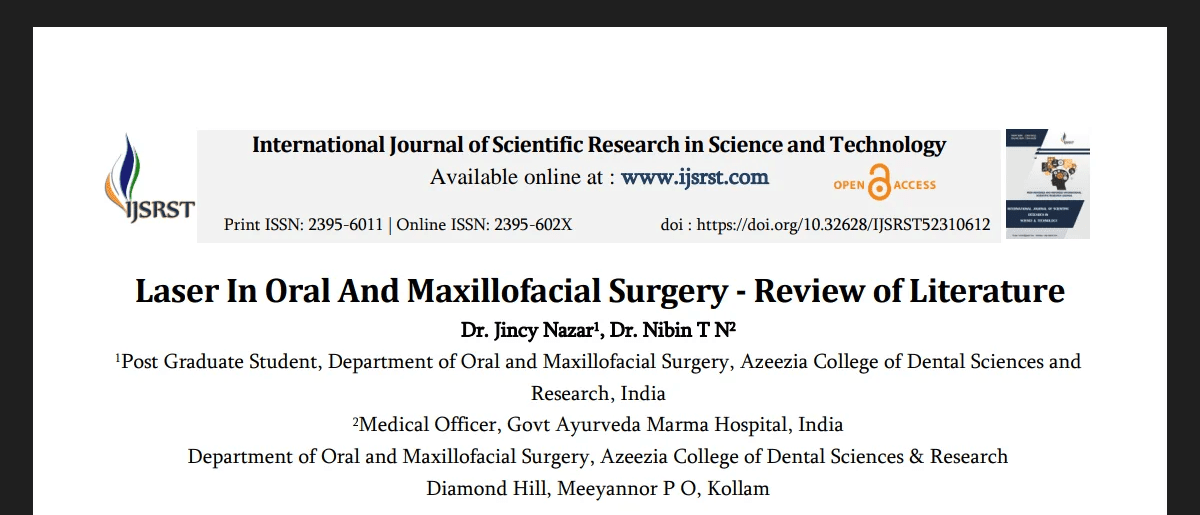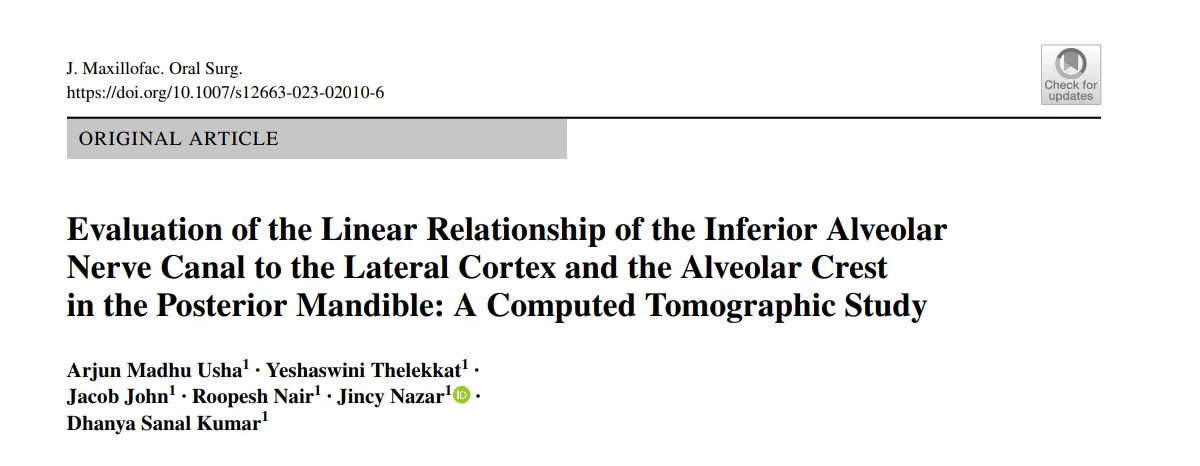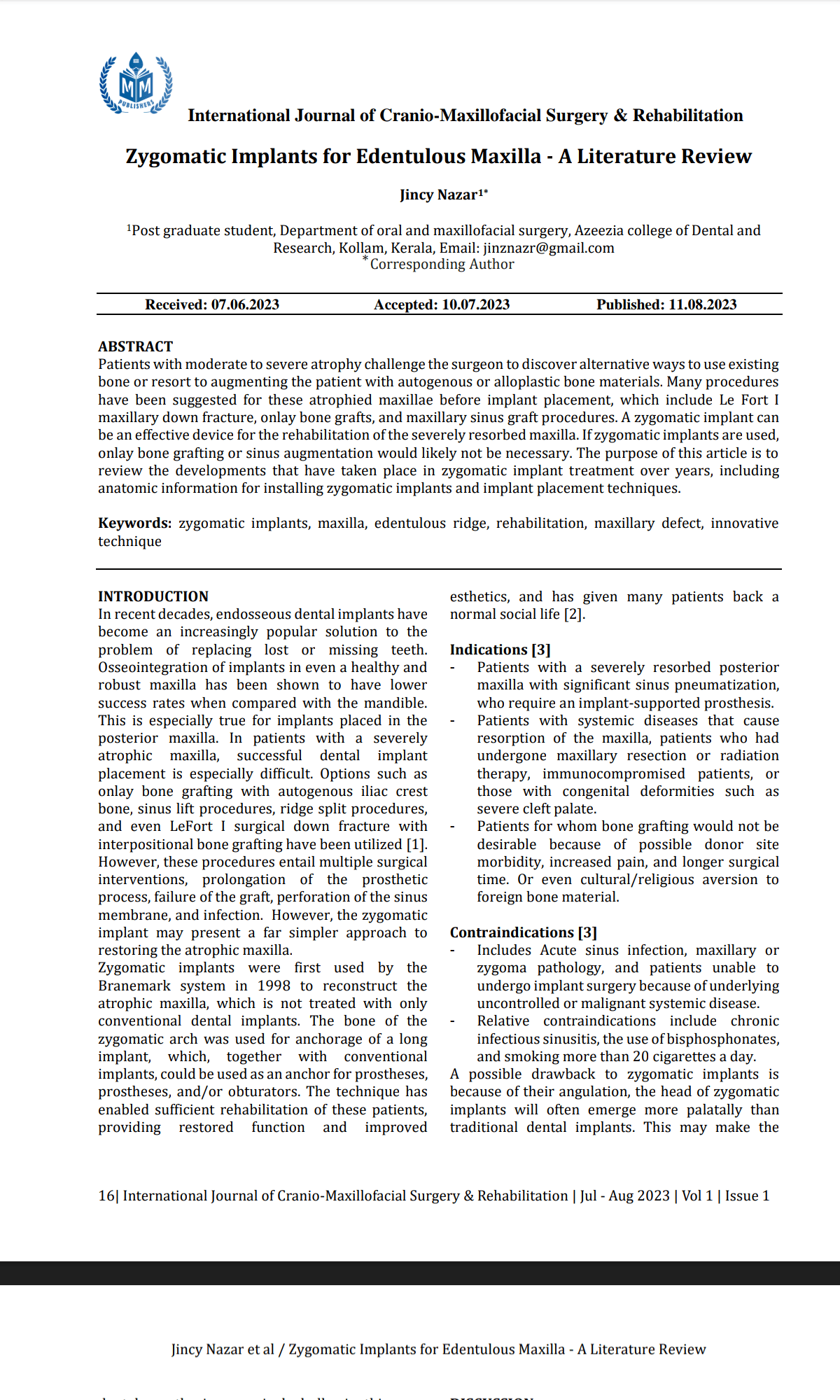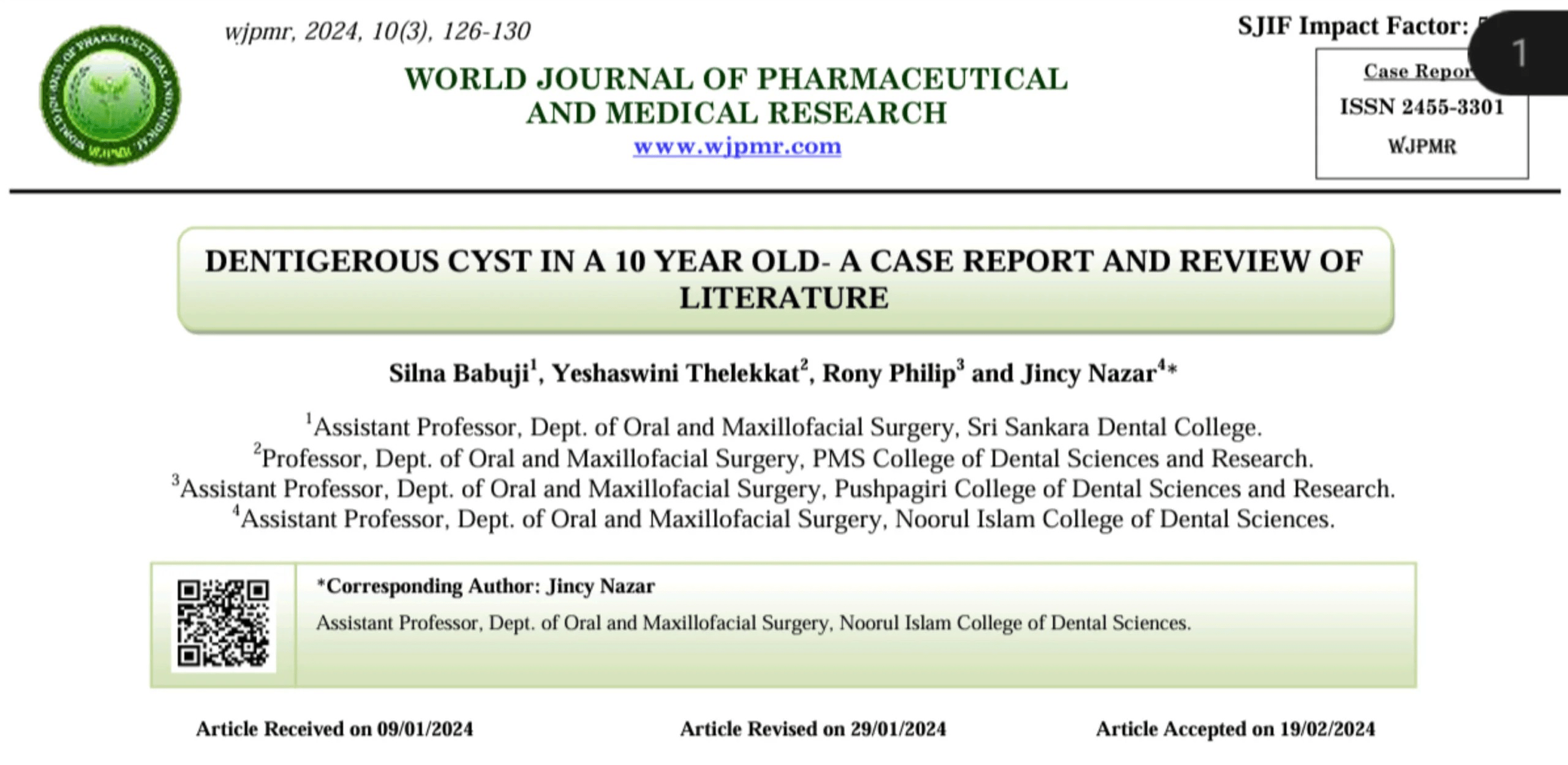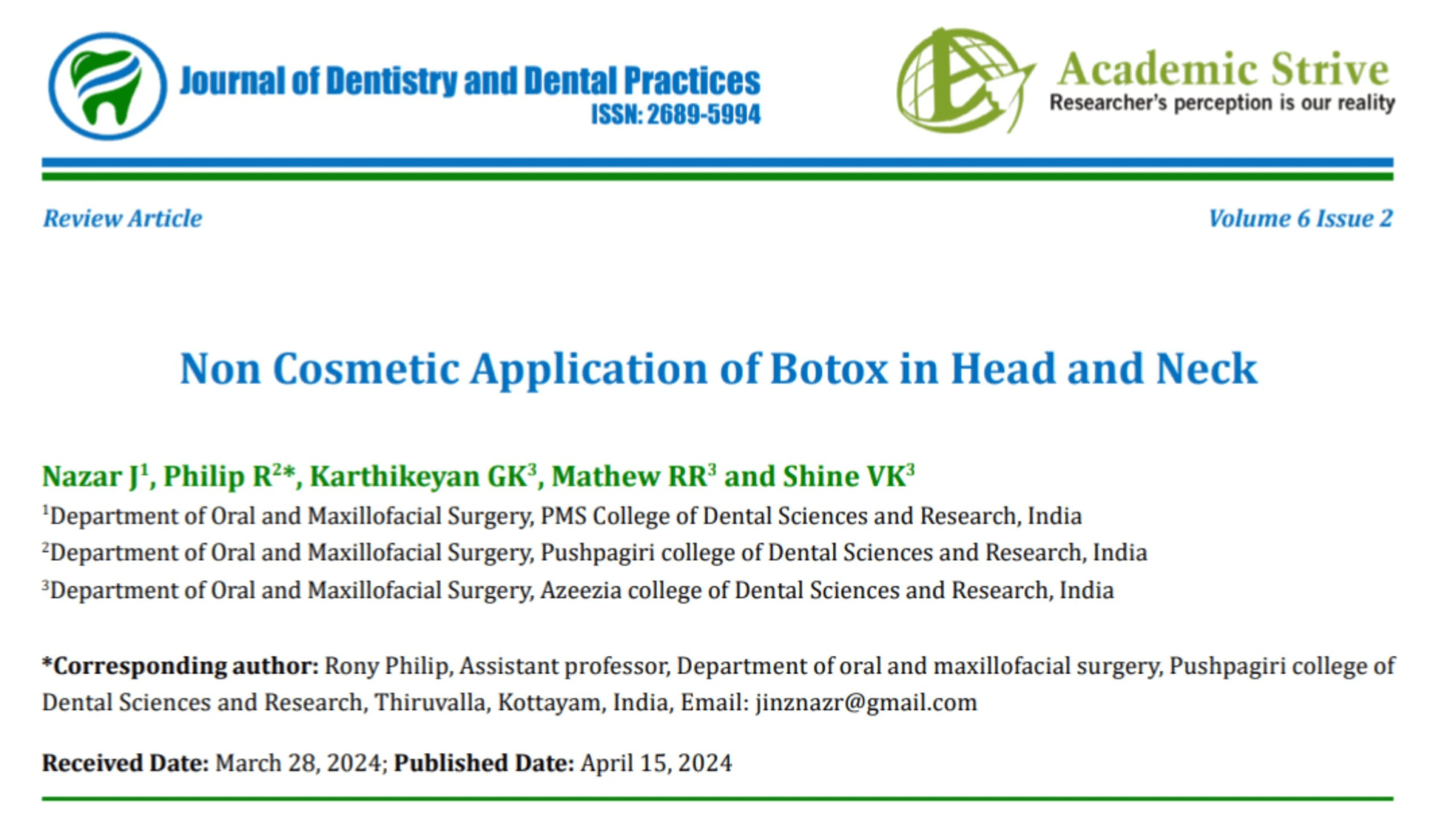Surgical site infections are
among the most common nosocomial infections, potentially leading to serious complications after surgical interventions. In intraoral surgical procedures, sutures are exposed to various bacterial species, raising the question of whether antibacterial-coated suture material is benefcial in reducing SSIs. This invitro study aimed to compare the antibacterial efect of Vicryl Plus suture (polyglactin 910 coated with triclosan) and non-coated Vicryl suture by analysing clinical
and microbiological diferences and assessing the isolates
through antibiotic sensitivity testing
Category: Article
Mastering Negotiations in the Dental Clinic: Applying the Harvard Method
Negotiating for a discount in a dental clinic can be a delicate dance between patient satisfaction and maintaining practice viability. In such situations, leveraging effective negotiation techniques is paramount. Here’s how the principles of the Harvard Method can unlock the secrets to successful negotiations in the dental chair.
LASER in Oral and Maxillofacial Surgery- Review of literature
Since the advent of lasers, they have found tremendous application in all
fields of science. In recent times, lasers are viewed as an integral part of
many of the surgical and medical practices currently employed. Hence, it
becomes increasingly important to understand the rationale behind the use
of lasers so as to use them efficiently and without undue inhibitions. The
use of lasers in oral and maxillofacial surgery has seen a phenomenal
increase in both, applications of lasers for different techniques, and also the
number of surgeons opting to use them on a regular basis. This article serves
to update practitioners on the development and current applications of
these modern tools in regular practice so as to efficiently perform dental
treatment and minimize complications associated with conventional
techniques.
Evaluation of the Linear Relationship of the Inferior Alveolar Nerve Canal to the Lateral Cortex and the Alveolar Crest in the Posterior Mandible: A Computed Tomographic Study.
Background and Objective A cross-sectional study was
conducted to evaluate a clinically relevant position of the
inferior alveolar nerve and canal with respect to the lateral
cortex, alveolar crest, and frst and second molar root apices
in adult dentate patients.
Methods The study was conducted in the patients who
reported various oral and maxillofacial surgical procedures
at the Department of Oral and Maxillofacial Surgery for
whom preoperative computed tomography (CT) scan was
taken for the required surgical procedures. CTs were selected
based on the selection criteria, and a total of 50 CTs were
evaluated. Predictor variables were gender and side. Out-
come variables were the average linear buccal measurements
from the lateral cortex to the outer cortical margin of the
inferior alveolar canal from below the mandibular foramen
till the mental foramen, linear vertical measurements from
the alveolar crest to the superior crest of the inferior alveolar
canal in the third, second and frst molar regions, and linear
vertical distance from the superior aspect of inferior alveolar
canal till the apices of second and third molars. Descriptive
statistics were analysed with t test and paired t test. P value
<0.05 was taken as signifcant.
Results The study sample was composed of 27 male and
23 female patients with a mean age of 29±4.6 years. The
mean value of linear measurements of IAN to the right
lateral cortex at the mandibular foramen was 4.96±1.13,
and for the left side, it was 4.79±1.33. The mean values
of linear measurements from the superior aspect of IAN canal to the alveolar crest at third, second and frst molar
regions obtained in this study were 18.5±3.79, 19+3.83
and 19.5+3.48 for the right side and 17.8+3.86, 18.8+3.54
and 19.143.31 for the left side, respectively. The average
linear measurements of IAN to the root apex of frst molar
were 10.8 3.89 for the right side and 10.868+3.85 for the
left side; for second molars, they were 10.5+3.62 for the
right side and 10.52+3.62 for the left side. Gender and side
infuenced the outcome with varying statistical signifcance.
Conclusion The study has identifed the average linear
measurements of the buccal cortical bone along the path
of IAN in the mandible, average height of alveolar bone
above the IAN and average distance between the IAN with
the frst and second molar root apices. This will be useful
guide while planning and performing various mandibular
surgical procedures close to the IAN nerve and procedures
that can disturb the IAN. The implications of these fndings
will infuence the course of surgery.
Zygomatic implants for edentulous maxilla- A literature review
Patients with moderate to severe atrophy challenge the surgeon to discover alternative ways to use existing bone or resort to augmenting the patient with autogenous or alloplastic bone materials. Many procedures have been suggested for these atrophied maxillae before implant placement, which include Le Fort I maxillary down fracture, onlay bone grafts, and maxillary sinus graft procedures. A zygomatic implant can be an effective device for the rehabilitation of the severely resorbed maxilla. If zygomatic implants are used,
onlay bone grafting or sinus augmentation would likely not be necessary. The purpose of this article is to review the developments that have taken place in zygomatic implant treatment over years, including anatomic information for installing zygomatic implants and implant placement techniques.
Platelet Rich Plasma (PRP) Changing Facial Aesthetics
Platelet-Rich Plasma (PRP) therapy has emerged as a promising avenue in the realm of facial aesthetics, offering a non-invasive approach to skin rejuvenation and enhancement. In this comprehensive review, we delve into the scientific principles underpinning PRP, elucidating its rich growth factor content and regenerative potential. Our examination extends to recent studies and clinical trials, meticulously analyzing the efficacy of PRP in refining skin texture, diminishing wrinkles, and stimulating collagen synthesis.
Dentigerous Cyst in a 10-year-old – A case report and review of literature.
Among the non-inflammatory odontogenic cysts, the dentigerous cyst stands out as the most prevalent, often associated with impacted teeth. Comprising remnants of the tooth-forming organ, these cysts are typically discovered incidentally through routine radiographic exams in childhood, being asymptomatic at that stage. However, they can silently grow to substantial sizes, causing bone expansion and facial swelling. This case report details a successful marsupialization treatment for a 10-year-old male patient diagnosed with a dentigerous cyst, with the use of a removable acrylic obturator to maintain a clear channel.
Non-Cosmetic Application of Botox in Head and Neck
Botox, or botulinum toxin, has garnered significant attention for its versatile applications in the field of head and neck medicine. This neurotoxin, derived from Clostridium botulinum, exerts its effects by inhibiting the release of acetylcholine at the neuromuscular junction, leading to muscle paralysis. In recent years, Botox has been utilized in various therapeutic procedures.
Botox injections in the head and neck region have shown promising results in various applications. In this article, we discuss few therapeutic applications of Botox.
Essential Checklist to Safeguard Against Visa Frauds in the UAE
Embarking on a journey to work in the United Arab Emirates (UAE) offers exciting prospects but also requires vigilance against potential visa frauds. To navigate this process securely, it’s essential to adhere to a concise yet comprehensive checklist. Let’s delve into the key steps to safeguard your UAE visa journey.
Mastering Case Selection in Dentistry: Embracing Limits for Better Patient Care
In dentistry, learning to recognize our limits and select cases wisely is crucial. As we grow in our careers, understanding when to refer patients to specialists and tailoring treatments to individual needs enhances patient care and fosters trust. By prioritizing patient well-being over ego, we pave the way for successful outcomes and lasting relationships.
.gif)

